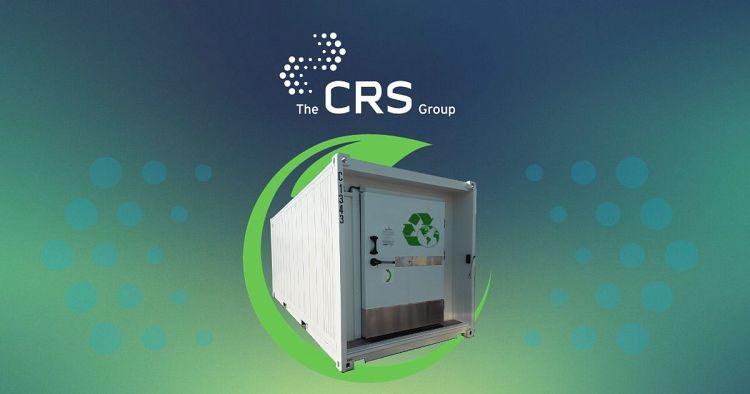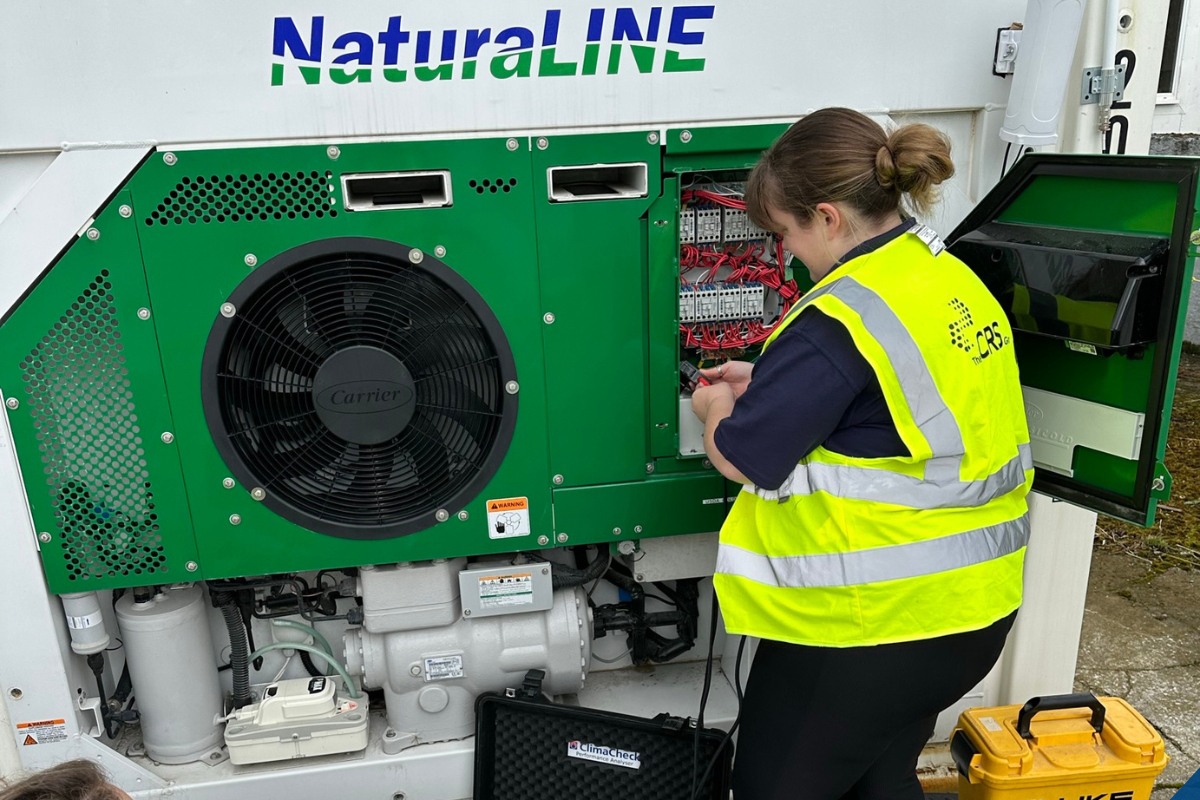As we strive to reduce our carbon footprint and cut down on utility expenses, it's important to examine power consumption in various parts of operations, including refrigeration.
Power consumption in refrigeration units can significantly vary based on a multitude of factors, highlighting the need for efficient practices and equipment. In this article, we'll delve into the key factors influencing power consumption in refrigeration units and explore strategies to minimise energy usage.
The Complex Nature of Refrigeration Power Consumption
Refrigeration units are essential for preserving perishable goods and maintaining ideal storage conditions. However, these units can also be energy-intensive, making it imperative to understand the factors that contribute to power consumption fluctuations.
- Product Mass and Storage Conditions: The mass and type of the product being stored and how it's stored within the unit have a direct impact on power usage. A densely packed unit might require more cooling power to maintain a consistent temperature.
- Initial Product Temperature and Setpoint: The temperature of the product, when placed in the unit, as well as the desired temperature setpoint, affects the cooling effort required. Larger temperature differentials demand more energy.
Holding cold stores and freezers are engineered to maintain the desired product temperature. When these units are utilised to lower the temperature, their energy consumption is higher compared to when they are solely sustaining the temperature.
The CRS holding freezers/coldstores are capable of performing similarly to blast chillers, albeit with a longer temperature reduction duration. However, repurposing a holding unit as a blast freezer is likely to escalate operational expenses due to increased power consumption. - Ambient Temperature: The surrounding environment's temperature influences how hard the refrigeration unit has to work. Relative hotter ambient temperatures will require increased cooling efforts.
- Frequency of Product Loading: Loading a refrigeration unit with new products can trigger a spike in power consumption, making it advisable to do so during off-peak hours when electricity costs are lower. FIFO and LIFO loading procedures can also affect consumption levels.
- Efficiency Measures: Energy-efficient features, such as alarms for door openings, proper shelving for optimal airflow, and multiple doors for efficient inventory rotation, can all contribute to lower power consumption.
- Engineering and Design: Improved engineering and design can lead to energy-efficient components and airtight connections, effectively reducing power consumption without compromising performance.
- Coefficient of Performance (COP): The COP ratio, which relates cooling capacity watts to electrical watts, measures the system's efficiency. Higher COP values signify greater efficiency and lower operating costs.
Strategies for Energy Savings
- Reducing power consumption in refrigeration units requires a bilateral approach: choosing more efficient products and utilising existing equipment optimally.
- Efficient Product Selection: When selecting cooling units, prioritise those with higher COP values, indicating superior energy efficiency. A higher COP means that the unit provides more cooling capacity per electrical watt consumed.
- Optimal Usage: Utilise the refrigeration unit only when necessary. Just as motion sensors can control lighting, temperature sensors in cooling units can activate the system only when the internal temperature strays from the desired range.
- Insulation and Preventive Measures: Insulation is enhanced by improving the U-value, minimising thermal bridges, and sealing air gaps. This approach slows the rate at which the internal temperature fluctuates, thereby reducing the frequency of cooling unit activations.
- Temperature Management: Avoid unnecessary cooling by minimising door openings, refraining from storing warm goods (unless you require heated/incubator storage), and maintaining a suitable ambient temperature.
A Holistic Approach to Energy Efficiency
In conclusion, power consumption in refrigeration units is a dynamic interplay of various factors, from product characteristics to equipment efficiency. To effectively reduce energy usage and subsequent electricity bills, it's crucial to adopt a comprehensive approach. Invest in energy-efficient cooling units with high COP values and implement smart usage practices to capitalise on those efficiencies.
As technology advances and the importance of sustainability grows, the refrigeration industry is shifting towards more eco-friendly and cost-effective solutions. By taking steps to optimise power consumption, we can contribute to a greener future while still preserving the quality and safety of stored goods. Remember, the road to energy efficiency starts with informed choices and a commitment to responsible resource management.
For further information and consultation on best energy-efficient practices, please contact our team!














